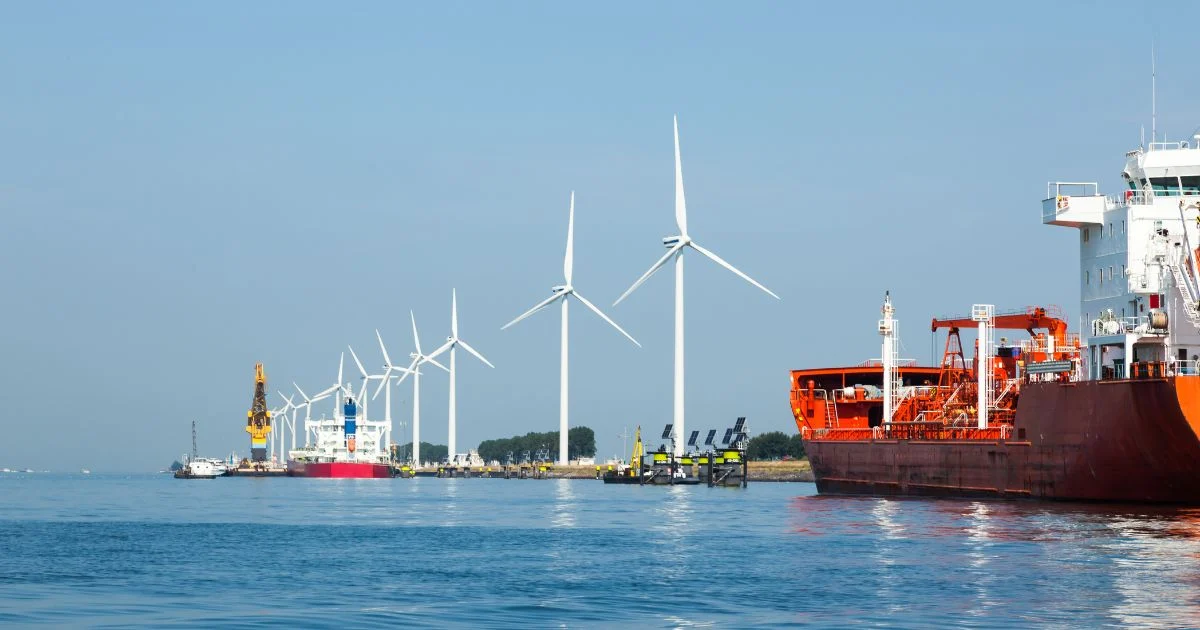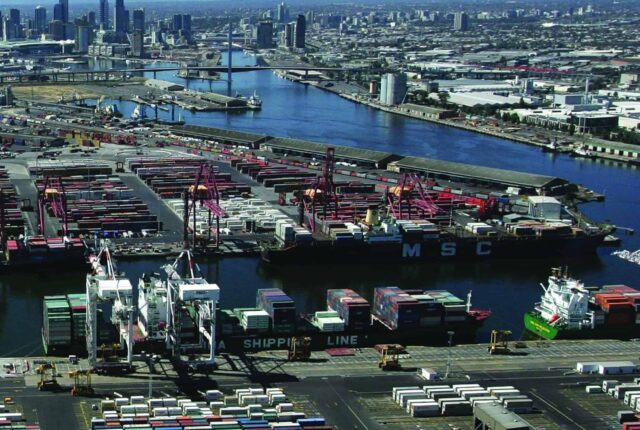
Redefining Supply Chain Optimisation in the Age of Nearshoring and Regional Hubs
Supply chains are the backbone of global commerce. Yet, the past few years have exposed how fragile traditional models can be. Between pandemic-related disruptions, geopolitical tensions, and rising sustainability demands, companies are rethinking their sourcing strategies. Enter nearshoring and regional hubs—two powerful approaches redefining supply chain optimisation in today’s interconnected world.
Instead of relying on far-flung operations, businesses are now moving production closer to home while creating regionalised logistics networks. This shift isn’t just about efficiency—it’s about resilience, adaptability, and long-term competitiveness.
Understanding Supply Chain Optimisation
Traditional models of global supply chains
For decades, companies pursued low-cost production models, often relying on offshoring to Asia or Latin America. The primary driver was cost minimisation, with supply chains designed for lean efficiency rather than adaptability.
Key drivers of supply chain efficiency
Traditional optimisation focused on:
- Cost control (cheaper labour, lower manufacturing expenses)
- Inventory reduction (just-in-time models)
- Global trade flows (leveraging economies of scale)
However, efficiency came at the cost of resilience. When disruptions occurred—whether from a blocked shipping lane or a pandemic—businesses faced massive delays and losses.
The Rise of Nearshoring in Global Trade
What nearshoring means for businesses
Nearshoring refers to relocating manufacturing and sourcing closer to end markets. For example, U.S. companies may shift operations from China to Mexico, while European firms might rely more on Eastern Europe.
Advantages of nearshoring vs offshoring
- Reduced lead times and faster delivery
- Lower transportation costs
- Greater flexibility in demand response
- Mitigated risks from global disruptions
The Emergence of Regional Hubs
Strategic importance of regional hubs
Regional hubs act as centralised logistics nodes, allowing companies to serve markets quickly without relying on a single global supply chain.
How regional hubs reduce risk and lead times
By decentralising logistics, companies can respond to demand surges and mitigate risks such as port congestion.
Role of technology in enabling hub efficiency
Digital twins, AI-driven forecasting, and real-time tracking tools make regional hubs smarter and more responsive.
Factors Driving the Shift Toward Nearshoring and Regional Hubs
Geopolitical risks and trade wars
Tariffs, sanctions, and shifting trade agreements make far-off production less reliable.
Supply chain disruptions from pandemics
COVID-19 revealed the vulnerabilities of global dependency on a single region.
Rising sustainability and ESG pressures
Consumers and regulators demand greener supply chains with lower carbon footprints.
Supply Chain Optimisation in the New Landscape
Integrating AI and predictive analytics
Machine learning can forecast demand, optimise routes, and reduce waste.
Resilient inventory management
Businesses are moving from just-in-time to just-in-case models, holding strategic stock to avoid shortages.
Collaborative logistics networks
Shared warehouses and transport networks increase efficiency across industries.
Benefits of the New Supply Chain Paradigm
- Enhanced resilience through diversified sourcing
- Faster time-to-market by cutting transit times
- Improved customer satisfaction with reliable delivery
Challenges and Risks in Nearshoring Strategies
- Higher local production costs compared to offshore options
- Talent and infrastructure gaps in some nearshore regions
- Regulatory complexities across multiple jurisdictions
Companies must weigh these risks against long-term strategic gains.
Best Practices for Redefining Supply Chain Optimisation
- Flexible sourcing strategies with multi-region suppliers
- Data-driven decision making powered by AI and analytics
- Stronger supplier relationships for better collaboration and trust
Future Outlook: The Next Decade of Supply Chain Management
The future lies in regionalisation, automation, and resilience. While globalisation won’t disappear, companies will adopt hybrid models that balance efficiency with security.
Expect:
- More robotics and automation in nearshore factories
- Greater use of blockchain for supply transparency
- A balanced approach where global and regional hubs work together
Building Smarter, Stronger Supply Chains
The age of nearshoring and regional hubs represents more than a trend—it’s a structural transformation in global trade. Businesses embracing these strategies aren’t just reducing risks; they’re redefining what supply chain optimisation means in a world where resilience and adaptability matter more than raw efficiency.
By leveraging technology, building regional hubs, and adopting flexible sourcing strategies, companies can create supply chains that are smarter, stronger, and ready for the future.
FAQs
Why are companies shifting to nearshoring?
Because it reduces risks, shortens delivery times, and improves resilience.
Does nearshoring increase costs?
Yes, production costs may rise, but savings in logistics, reduced risk, and faster turnaround often outweigh them.
Is nearshoring suitable for all industries?
It’s especially effective in automotive, electronics, and fast fashion, but applicability varies.





